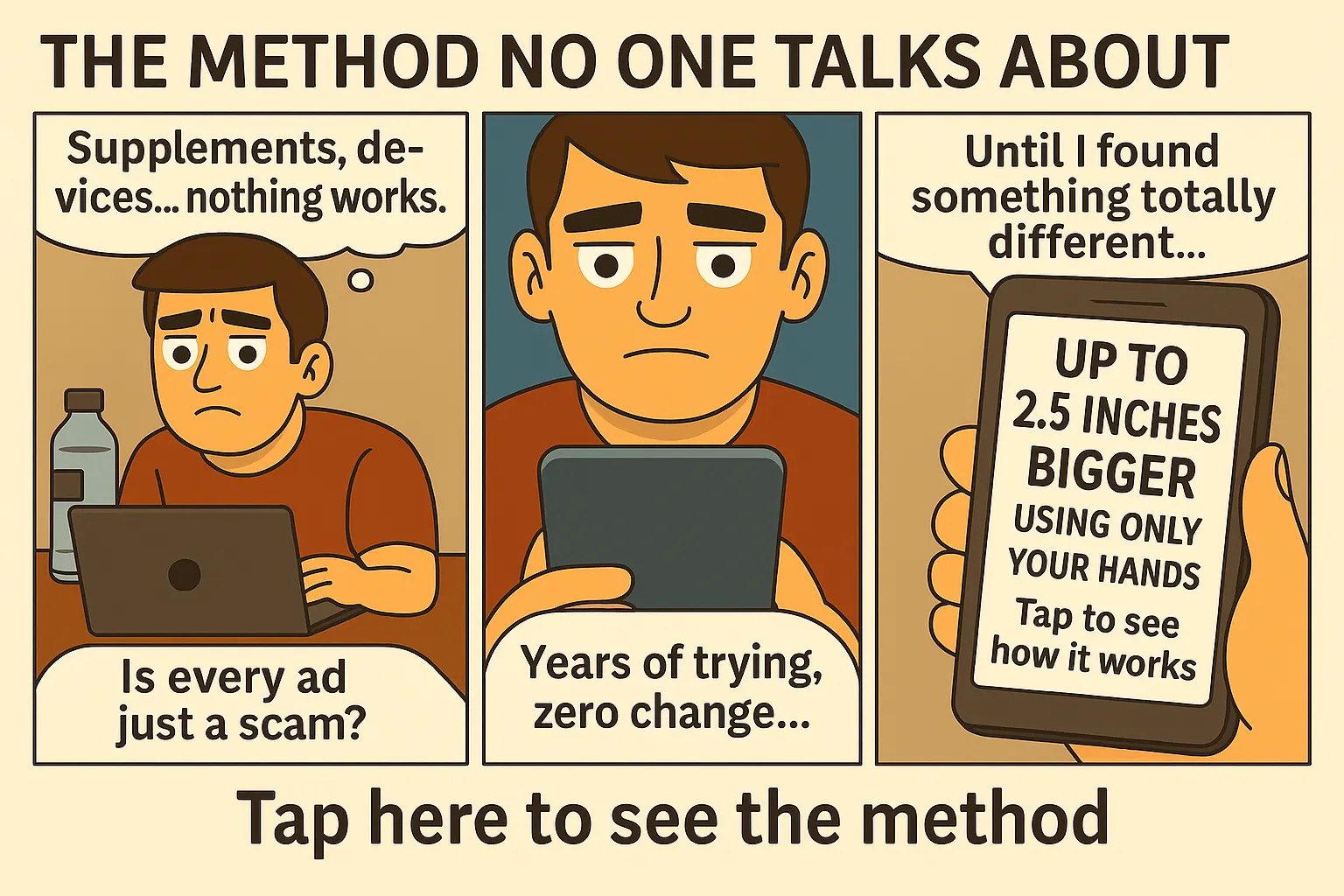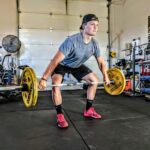🚴♂️ The Surprising Connection Between Long Rides and Bedroom Confidence
Cycling is a great cardiovascular exercise, but there’s an ongoing debate around its impact on male sexual health—especially when it comes to erectile dysfunction (ED). Many men wonder: can too much time on the bike seat damage your ability to get or maintain an erection?
How Cycling Affects Blood Flow to the Penis
The core concern lies in pressure. Traditional bike saddles can compress the perineum—the area between the anus and the scrotum—where crucial nerves and blood vessels linked to erectile function reside. Prolonged compression can reduce blood flow to the penis, which may increase the risk of erectile issues over time.
Scientific Evidence on Cycling and ED
Research has shown conflicting results. Some studies suggest that long-distance cyclists are at a higher risk of developing erectile dysfunction, while others argue that the benefits of regular cardiovascular exercise may outweigh the potential risks—especially if cyclists take precautions with saddle design and posture.
Choosing the Right Bike Saddle
One of the most effective ways to prevent cycling erectile dysfunction is by using an ergonomic saddle. Look for one with a central cut-out or pressure-relief channel, which reduces pressure on the perineum. Gel padding and wider seats also help distribute weight more evenly, protecting sensitive areas.
Posture Matters
Leaning too far forward while riding a bike shifts more weight onto the perineum. A more upright posture, along with properly adjusted handlebars and seat height, can significantly reduce the pressure on pelvic nerves and arteries.
Warning Signs to Watch For
If you’re experiencing numbness, tingling, or pain in the genital area during or after cycling, these could be early signs of nerve compression. Ignoring these symptoms may lead to more serious problems over time, including ED.
How Much Cycling is Too Much?
While there’s no universal number, experts often recommend keeping long rides below 3 hours without breaks. If you’re training for a cycling event or are a long-distance rider, incorporating recovery periods and standing up frequently on the pedals can help mitigate risk.
Balancing Fitness and Sexual Health
It’s important to remember that cycling itself isn’t bad. In fact, it’s excellent for cardiovascular health, which directly supports erectile function. The problem arises when improper equipment or habits persist over time.
What Doctors Say About Cycling Erectile Dysfunction
Urologists often recommend a few simple strategies: use proper gear, adjust posture, and pay attention to symptoms. They rarely advise giving up cycling altogether unless symptoms are severe or persistent.
Tips to Stay Sexually Healthy as a Cyclist
- Switch to a no-nose saddle for reduced pressure
- Take breaks during long rides to restore blood flow
- Stand on pedals every 10–15 minutes
- Incorporate Kegel exercises to strengthen pelvic floor muscles
- Monitor and address any signs of numbness immediately
Related Concerns for Men
Issues like tight underwear and sperm count or psychological causes of weak erections often overlap with the concerns of male cyclists, as they all impact reproductive and sexual health.
One Solution to Reclaim Control Over Your Sexual Health
If you’re concerned about your performance or want to naturally increase stamina, size, and control, check out this complete male enhancement guide based on proven natural techniques and exercises. It could be the step forward your confidence needs.
Final Thoughts: Should You Stop Cycling?
Absolutely not. But you should ride smart. Pay attention to what your body tells you, use the right equipment, and maintain a balanced routine that supports your sexual health. Cycling erectile dysfunction is a preventable issue when you take the right precautions.
Is Erectile Dysfunction from Cycling Permanent?
One of the biggest fears men have is whether cycling-related erectile issues can become permanent. Fortunately, in most cases, the symptoms are temporary and resolve once pressure is alleviated. However, repeated long-term trauma to the perineum can lead to more lasting damage if ignored.
What Type of Cyclist Is Most at Risk?
Men who engage in competitive cycling or ride for more than 10 hours per week without proper equipment are generally more at risk. Indoor cycling (like spinning classes) can also pose a risk due to prolonged seated pedaling without breaks or changes in posture.
How Cycling Compares to Other Risk Factors for ED
When compared to factors like smoking, obesity, high blood pressure, and diabetes, cycling ranks relatively low as a cause of erectile dysfunction. However, when combined with these other risks, it may compound the problem.
Role of Testosterone in Cyclists
Some studies have observed that endurance cycling can reduce testosterone levels temporarily, especially in overtrained individuals. Since testosterone plays a crucial role in libido and erectile strength, it’s another reason to monitor your training load and recovery.
Pelvic Floor Exercises for Cyclists
Kegel exercises are not just for women. Men who regularly cycle can benefit from strengthening their pelvic floor to improve circulation and muscle control in the genital area. This, in turn, supports erectile health.
Stretching and Mobility to Reduce Pressure
Adding hip mobility and hamstring stretches to your routine can help improve posture and reduce pressure on the pelvis during rides. A flexible lower body often results in better cycling form and less strain on the perineum.
Common Myths About Cycling and Male Fertility
There’s a common belief that cycling may also affect sperm production. While extreme cases may show minor temperature elevation or compression, studies generally do not support a significant drop in fertility from moderate cycling. However, using proper gear remains essential.
Preventative Measures All Cyclists Should Take
- Invest in a pressure-relieving saddle
- Maintain correct bike fit and posture
- Incorporate breaks and stand frequently during rides
- Do pelvic floor and hip mobility exercises
- Stay hydrated and maintain cardiovascular health
What to Do If You’re Experiencing ED from Cycling
If you’re already noticing symptoms, it’s time to take action. First, pause your rides and consult with a urologist. Next, analyze your bike fit and equipment. Don’t wait for the symptoms to worsen—early intervention is key.
Other Articles That Might Interest You
If you’re exploring how lifestyle impacts male performance, you might also enjoy our post on sex drive after 40 or understanding the meaning behind morning erections.
Can Erectile Dysfunction Affect Your Cycling Performance?
Interestingly, the relationship between ED and cycling isn’t one-sided. Just as prolonged cycling may impact sexual function, erectile dysfunction itself can indicate deeper cardiovascular issues that may affect athletic performance. If you’re experiencing ED, it may be worth checking your heart health, too.
Using Technology to Prevent Cycling Erectile Dysfunction
New advancements in cycling gear are helping men avoid the risks. Pressure-mapping saddles, smart wearables that monitor blood flow, and even AI-assisted bike fitting services are now available. Leveraging these can reduce risk and improve comfort on every ride.
Importance of Rest and Recovery
Rest days are just as critical as training days. Overtraining not only raises cortisol levels but can also lower testosterone and cause fatigue—including in the bedroom. Make sure your schedule includes adequate time for your body to regenerate.
How Nutrition Supports Sexual and Cycling Health
What you eat matters. A diet rich in leafy greens, healthy fats, and antioxidant-rich foods can support blood flow and hormone balance. These same nutrients help both cycling performance and erectile strength.
Supplements and Natural Boosters
Some men turn to natural testosterone boosters like fenugreek, ashwagandha, or maca root to support both stamina and libido. While not a replacement for proper posture and saddle design, they may offer complementary benefits.
Should You Be Concerned?
If you’re not experiencing symptoms, there’s no reason to panic. But proactive steps now can prevent future problems. Cycling erectile dysfunction is not inevitable—awareness and adjustments make all the difference.
Final Recommendation
For men looking to naturally enhance performance, increase stamina, and boost size, we suggest accessing this proven step-by-step guide based on real techniques—not false promises. It’s helped thousands regain confidence in and out of the bedroom.
Daily Routine for Cyclists Who Want to Stay Sexually Healthy
Here’s a sample daily plan that balances cycling performance with sexual health:
- Morning: Light stretching and pelvic floor exercises
- Midday: Balanced meal with lean protein and leafy greens
- Afternoon: Short cycling session with posture-conscious riding
- Evening: Cold shower to reduce inflammation, followed by magnesium-rich foods
Following a structured routine like this can reduce fatigue, promote circulation, and protect long-term performance—in all areas.
Talking to Your Doctor Without Embarrassment
Many men avoid discussing cycling erectile dysfunction due to shame or discomfort. But remember: urologists and sports medicine doctors deal with these issues regularly. Bringing it up could not only save your sex life—but improve your overall health.
Wrapping It All Up
Riding a bike doesn’t mean sacrificing your bedroom performance. With awareness, the right equipment, and attention to your body’s signals, cycling erectile dysfunction can be completely avoided—or reversed. For more male health guides, visit our blog at supremepenis.com.
Key Takeaways
Don’t give up the saddle—just ride smarter. Whether you’re a weekend warrior or a daily commuter, your equipment, posture, and habits all determine the impact on your sexual health. Make smart changes now to enjoy both the road and a fulfilling sex life long-term.
🔍 Cycling and Male Health: Comparison Table
| Factor | Positive Impact 🚀 | Negative Impact ⚠️ |
|---|---|---|
| Cardiovascular Health | Improves endurance and blood circulation | None |
| Testosterone Levels | Stable with moderate cycling | Can drop with overtraining |
| Pelvic Pressure | Minimal with ergonomic saddle | Increases ED risk with bad posture |
| Sperm Quality | Unaffected with proper gear | Reduced if overheating is frequent |
🧠 Frequently Asked Questions (FAQ)
Can I reverse erectile dysfunction caused by cycling?
Yes. In most cases, improving bike fit, posture, and taking breaks allows blood vessels and nerves to recover fully.
What kind of saddle should I use to protect sexual health?
Choose a saddle with a central cutout or relief channel. No-nose designs are also ideal to reduce perineal pressure.









